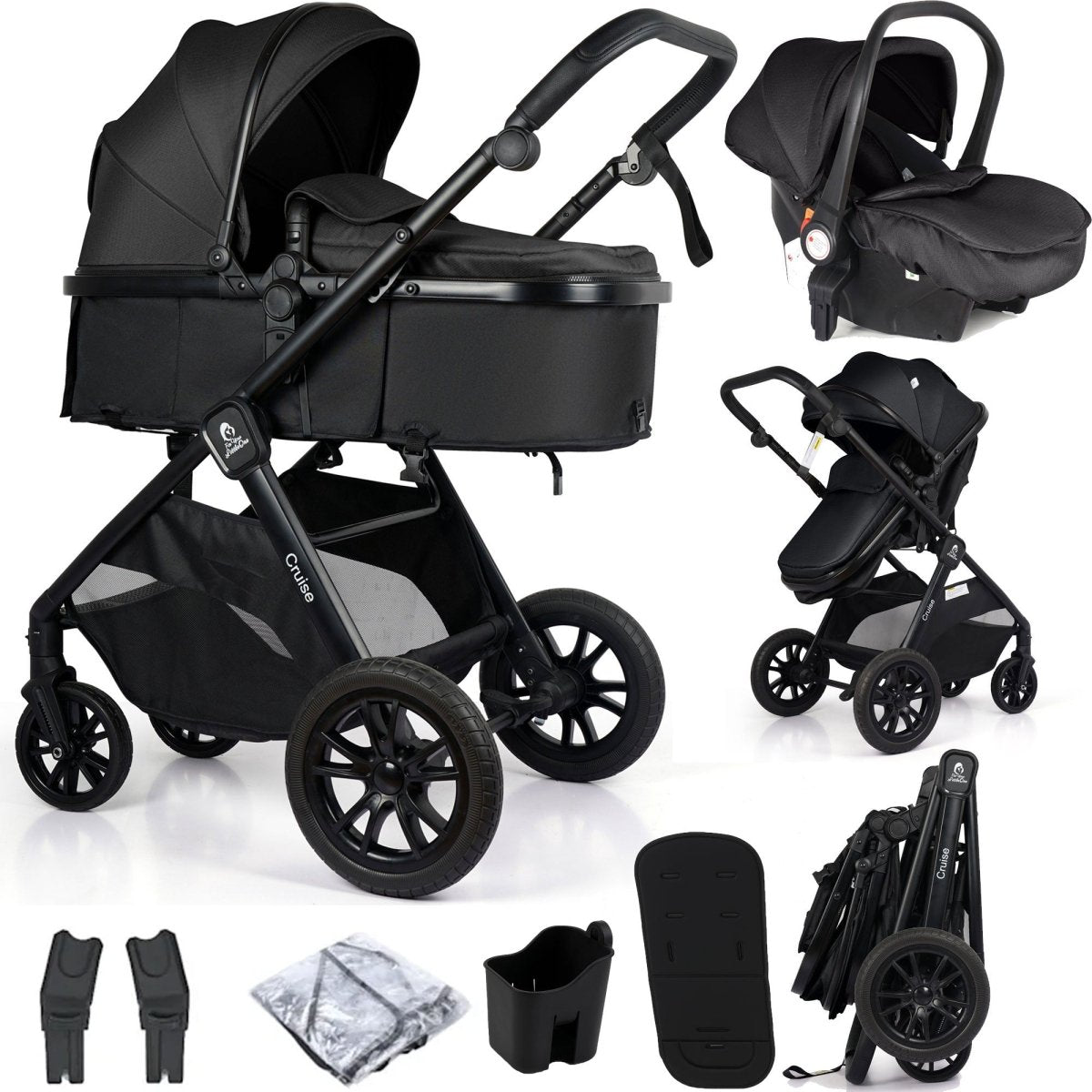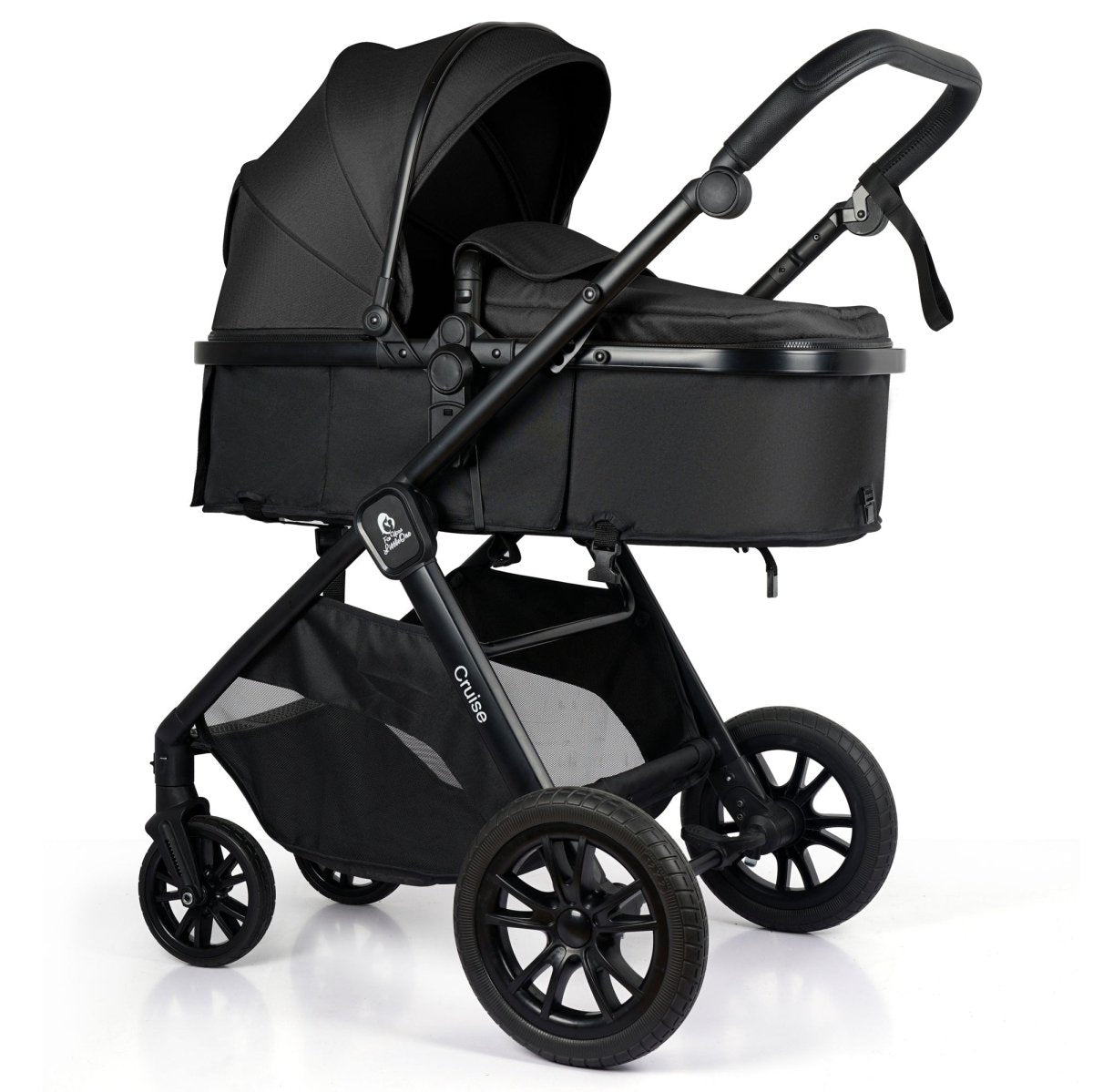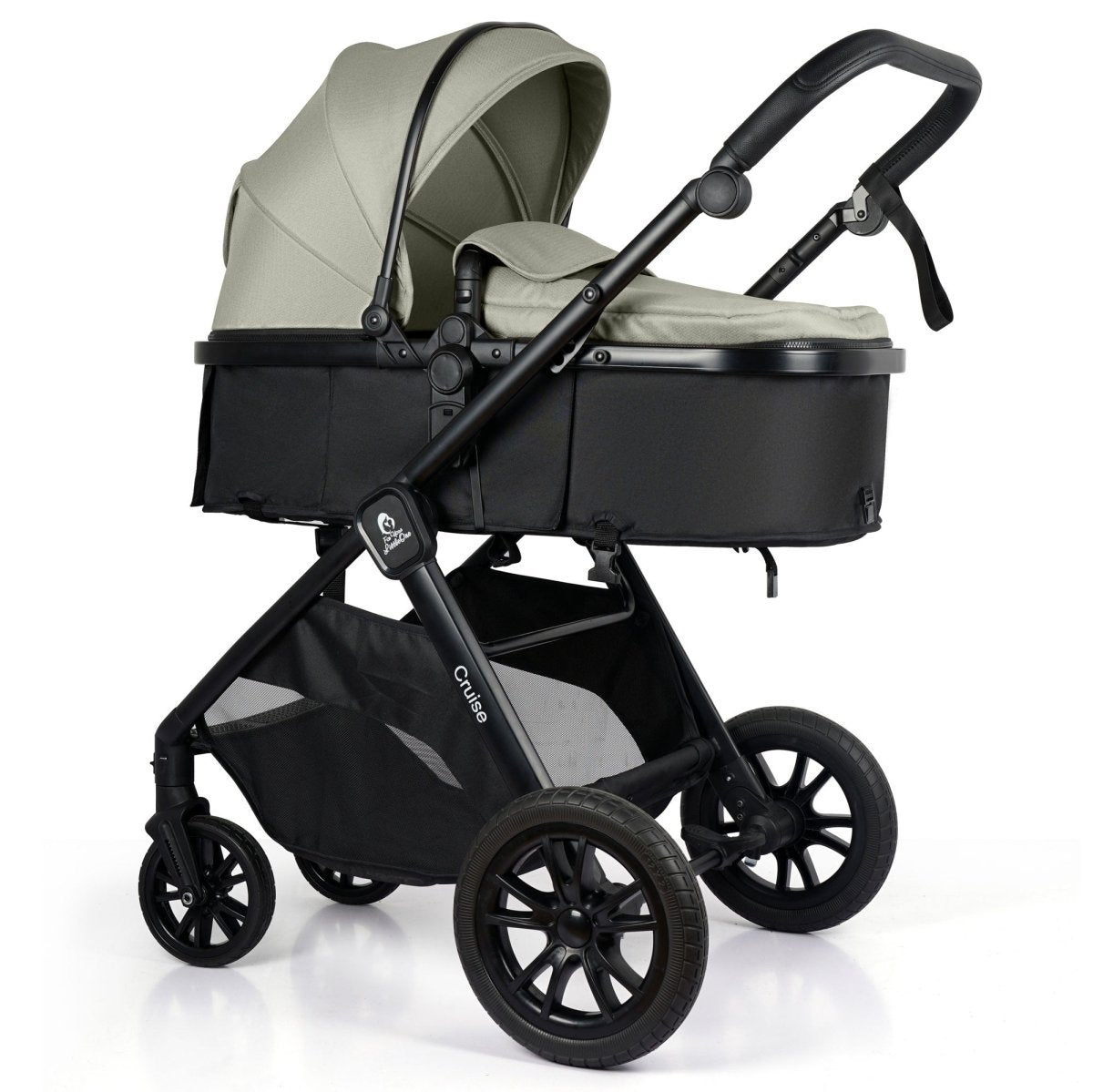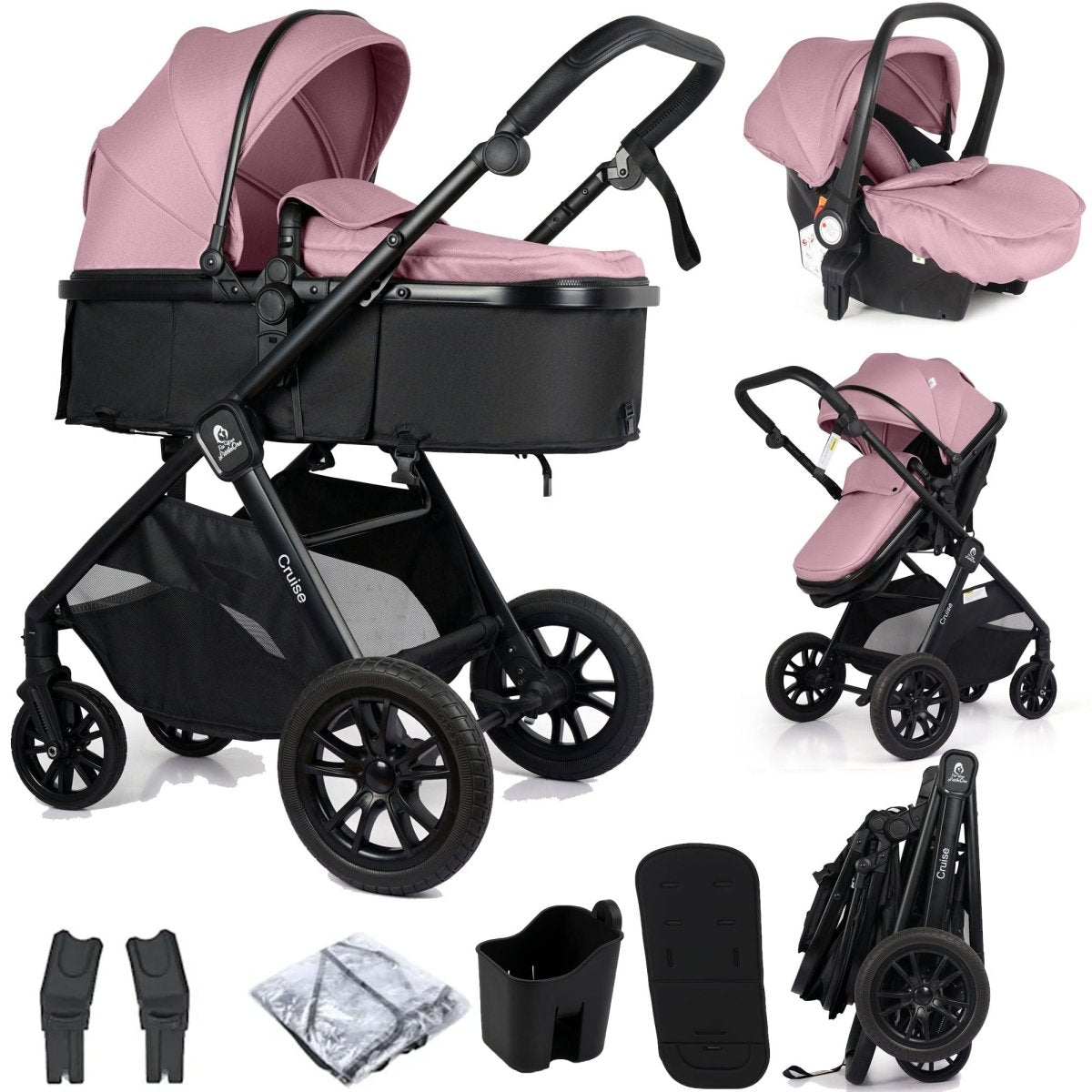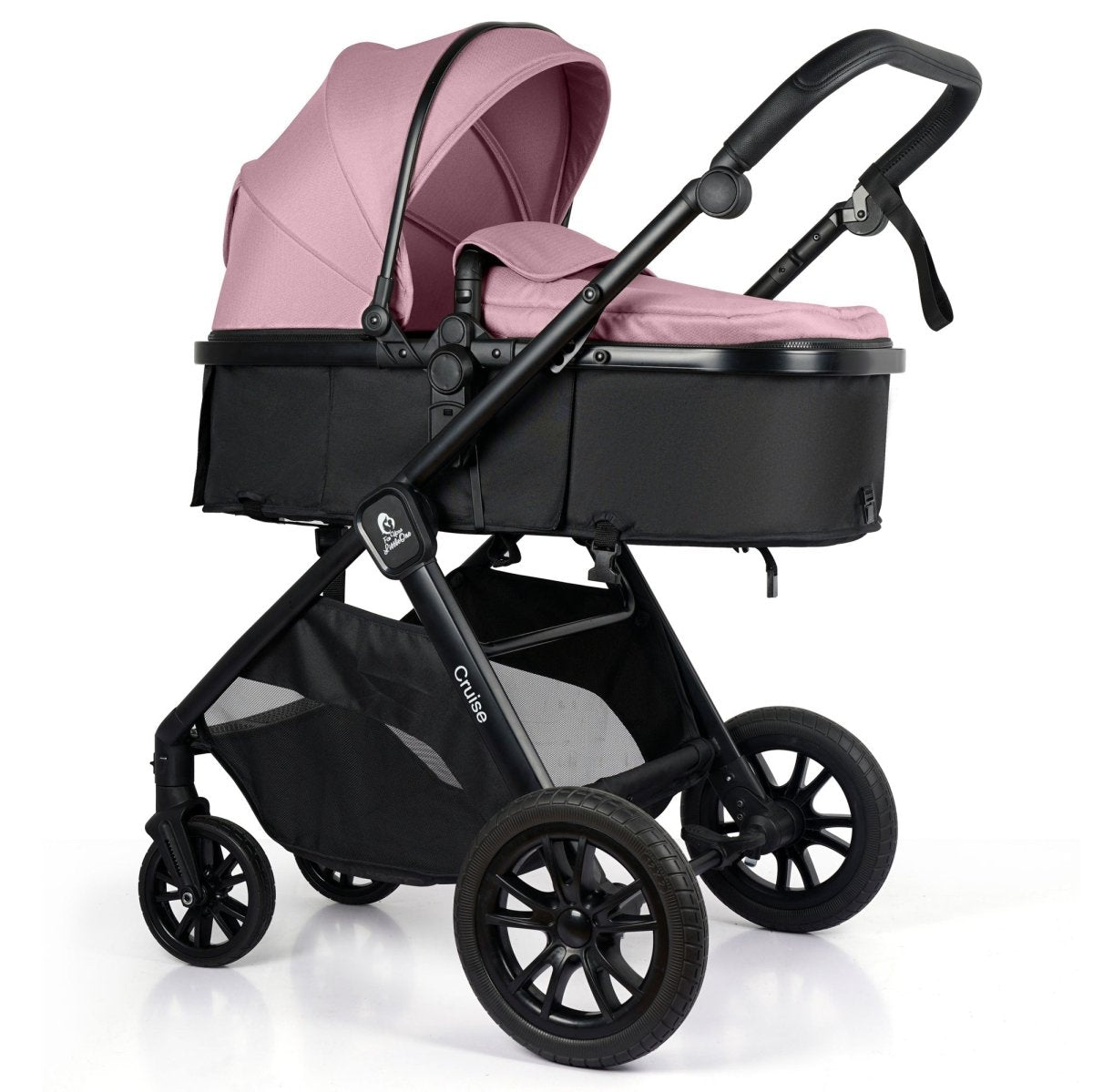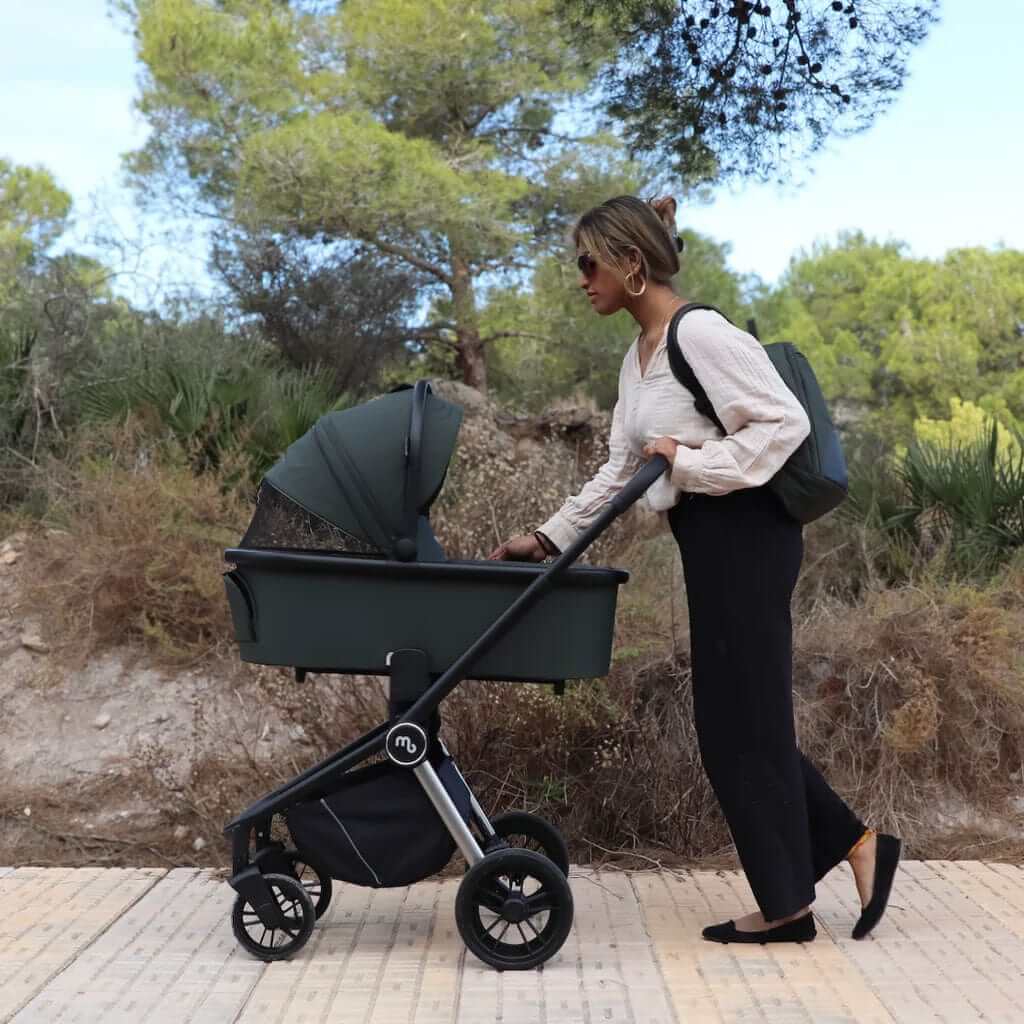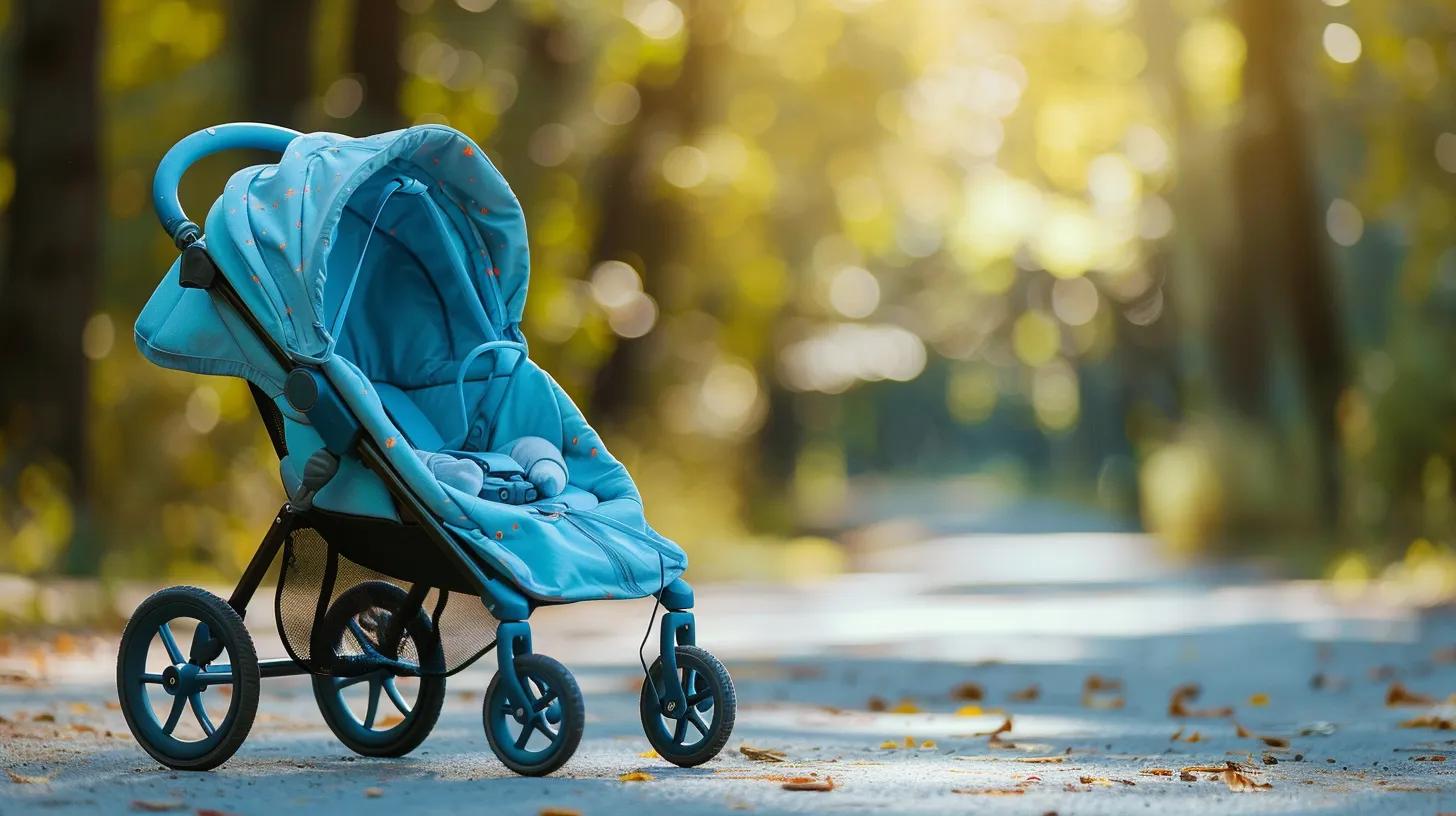
Essential Baby Travel System Safety Features to Know
Starting with a comprehensive overview of baby travel systems, parents and caregivers must be informed about the critical features that contribute to their child's safety during journeys. Baby travel systems combine car seats, strollers, and other components to protect your child during both vehicular travel and on-foot excursions. This article highlights vital safety considerations—from car seat protection to stroller safety, harness details, build quality, safety certifications, and maintenance best practices—to help you make informed, confident decisions and safeguard your little one on every
.
Understanding Car Seat Protection Within Baby Travel Systems
Parents must ensure that car seat protection is robust. Integrated car seats feature precise impact protection, secure installation, and ergonomic support to shield infants during transit. Key areas to consider include: car seats.
Verify Impact Protection Elements for Car Seats
High-quality car seats use energy-absorbing foam layers and side-impact protection to mitigate forces during collisions. Testing by standards such as ASTM International indicates these designs can decrease injury risks by reducing forces on a child’s head during minor impacts. For more information, visit car seats.
Assess the Infant Car Seat Harness System Security
A secure harness system with multiple adjustment points ensures a snug but comfortable fit. Modern buckle mechanisms are designed for easy operation yet remain secured against accidental release. Durable, non-abrasive materials further enhance the
of your baby.
Confirm Proper Car Seat Base Installation Features
A correctly installed car seat is crucial. Many models offer built-in locking systems or compatibility with LATCH systems to ensure a secure and user-friendly mounting process. Proper installation significantly reduces injury risks and allows quick transfers between
.
Review Infant Head and Body Support Adequacy
Car seats should have contoured designs that support a baby’s head, neck, and spine. Features like adjustable headrests and side-impact protection ensure that crash forces are distributed evenly, promoting improved injury prevention even during moderate collisions. You can learn more about this topic in our blog post titled
.
Check Car Seat Compatibility With Stroller Frame
Seamless integration between a car seat and a stroller minimizes the need for reinstallation when transitioning between devices. This compatibility helps maintain the security and comfort of your baby, reducing risks associated with repeated repositioning.
Key Stroller Safety Aspects in Baby Travel Systems
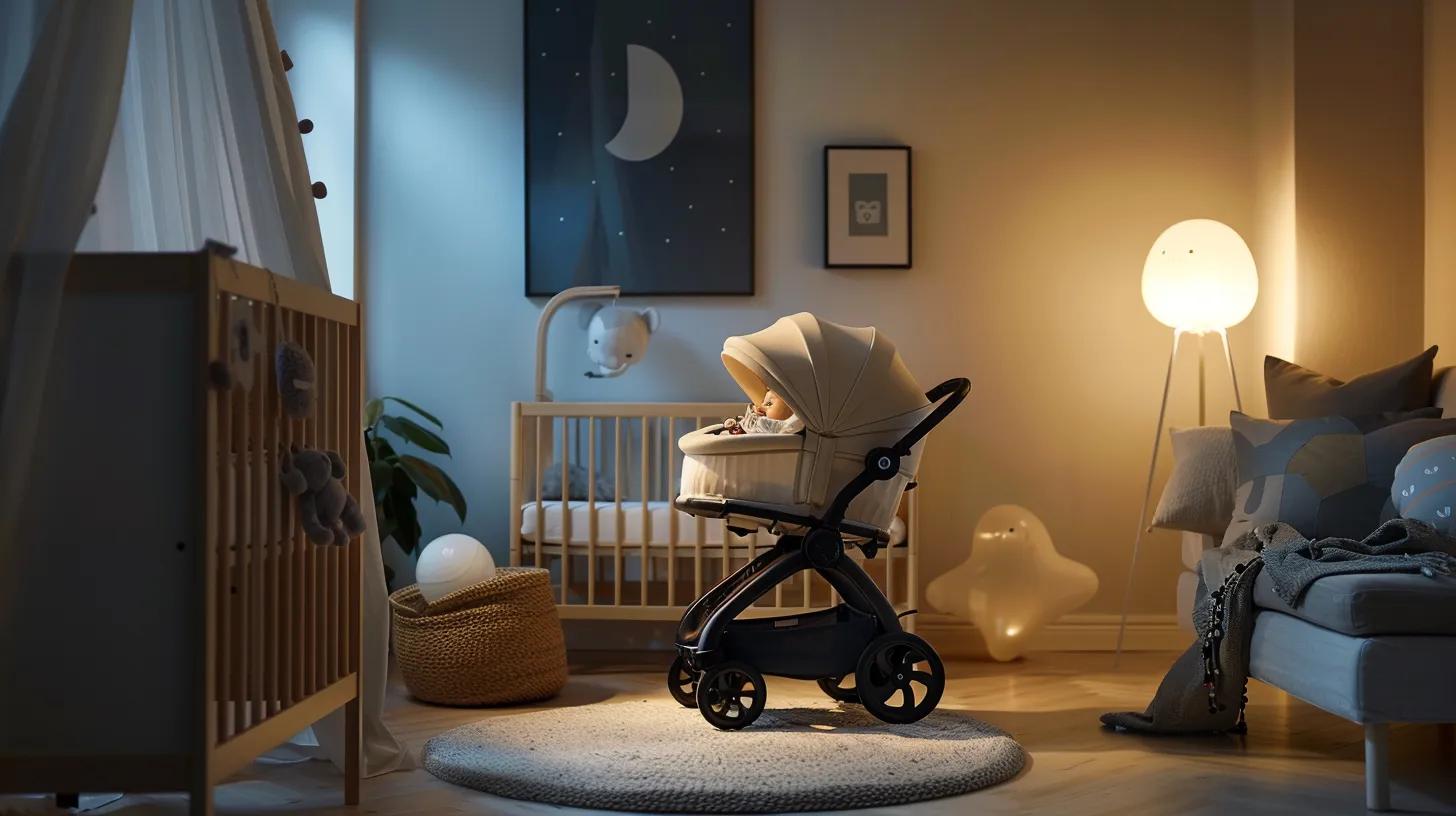
Stroller safety is as important as car seat safety in any travel system. The design and functionality of the stroller play a key role in ensuring a secure ride and proper support.
Examine Stroller Frame Durability and Stability
A robust stroller frame, typically built from high-quality aluminium or reinforced plastic, prevents tipping or collapse during use. Wider wheel columns and a solid base enhance stability, reducing the risk of accidents during movement.
Test the Effectiveness of Stroller Braking Systems
Reliable brakes are essential. Integrated braking systems should engage quickly and hold the stroller firmly on various surfaces. Advanced braking designs have been shown to provide significant improvements in
.
Inspect Stroller Wheels and Suspension for Safe Journeys
Effective suspension systems and durable, non-marking wheels ensure a smooth ride by reducing vibrations and jolts. Such systems not only increase comfort but also aid in precise handling, which is crucial in crowded environments.
Evaluate Stroller Canopy Coverage for Protection
A well-designed canopy shields a child from environmental hazards such as ultraviolet rays, wind, and rain. Breathable, high-quality materials provide adequate coverage while ensuring airflow, helping to protect your baby from excessive sun exposure and rapid temperature changes.
Check for Secure Stroller Locking Mechanisms
Locking mechanisms on strollers help prevent accidental folding or movement during use or storage. Automatically engaging locks add an extra layer of safety by keeping moving parts secured throughout each
.
Critical Harness and Restraint System Features
Harness and restraint systems are the frontline in protecting your child in both car seats and strollers. Their design and adjustability are critical for effective safety.
Identify the Type of Harness System Used
Different harness systems, such as five-point or three-point models, offer varying levels of security. A five-point harness secures your child at five points, evenly distributing forces during an impact, and is highly recommended for both infants and
.
Check Adjustability of Harness Straps for a Snug Fit
Our white label link building services are the best option for agencies looking for quality, scalability, and convenience. We create SEO optimized, fresh content that performs well in search rankings and boosts your clients’ site authority. All of our backlinks come from
. We’ll secure the quantity you need and in the right time frame.
Assess Buckle Security and Ease of Use
Buckle mechanisms must lock securely and be simple enough to operate quickly. Their design should allow for rapid release in an emergency without compromising the security needed during everyday use.
Look for Padded Harness Covers for Comfort and Safety
Padded covers reduce friction and prevent pressure points, ensuring comfort during long periods of use. Soft, high-density padding also helps keep the harness in the correct position during sudden stops, enhancing overall safety.
Understand Requirements for Correct Harness Positioning
Correct positioning of the harness is critical. It should lie flat against your baby’s body without slack, thereby ensuring effective energy distribution during a collision. Manufacturers typically provide guidelines and diagrams to help parents achieve the proper setup.
Material and Build Quality Considerations for Safety
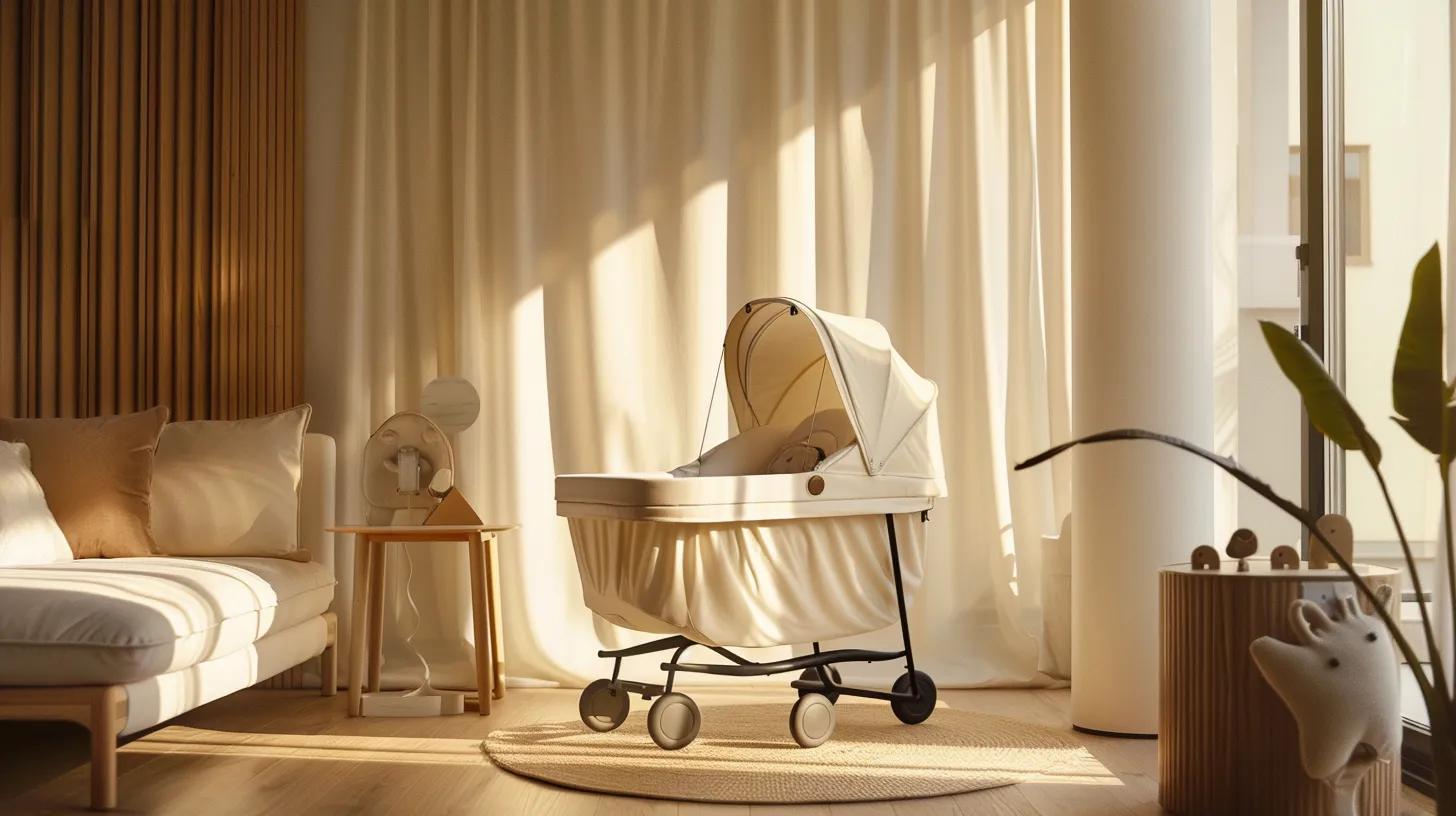
The longevity and effectiveness of a baby travel system depend largely on its materials and build quality. Look for products that combine aesthetic appeal with strong, durable construction.
Ascertain Non-Toxic Materials Usage in Construction
Verify that car seats and strollers use non-toxic plastics, flame-retardant materials free from harmful chemicals, and eco-friendly fabrics. Non-toxic, BPA- and phthalate-free materials ensure that your child is not exposed to harmful substances during everyday use.
Inspect for Sharp Edges or Small Parts
Ensure that all components are smoothly finished with no sharp edges or detachable small parts that could pose choking hazards or cause cuts. Adherence to rigorous safety standards is key in protecting against such risks.
Review Overall Structural Soundness of the Travel System
A unified, well-tested design ensures that all parts of the travel system work together reliably. Rigorous drop tests, stress tests, and endurance trials are indicative of a product that meets high safety standards.
Check Fabric Durability and Breathability
High-quality fabrics should be both durable and breathable. Materials that withstand repeated cleaning while preventing overheating promote long-lasting performance and comfort for your child.
Confirm Easy to Clean Surfaces for Hygiene
Hygienic design features such as machine-washable covers or wipeable surfaces help maintain cleanliness, ensuring that the travel system remains safe and attractive over time.
Recognising Safety Standards and Certifications for Baby Travel Systems
Safety certifications and compliance with recognized standards provide additional assurance of a product’s quality.
Look for Compliance With Current Safety Regulations
Ensure the travel system meets guidelines established by bodies like the Juvenile Products Manufacturers Association (JPMA) or the European Committee for Standardization (CEN). Compliance with standards for impact resistance and braking efficiency is crucial.
Identify Third-Party Testing and Certification Labels
Third-party testing seals and certification labels on packaging and user manuals confirm that the product has been evaluated against rigorous benchmarks. These labels add transparency and build trust.
Understand Country-Specific Safety Standards
Different regions may have unique requirements—for example, British Standards (BS EN) versus American ASTM standards. Knowing the appropriate benchmarks for your region helps ensure reliable performance. For more information, visit our car seats page.
Check Manufacturer Recall History and Safety Notices
Review any recall history and safety notices to determine if earlier versions had issues that have since been resolved.
effectively tend to be more reliable.
Find Product Registration Information for Safety Alerts
Registering your product ensures you receive timely safety alerts and recall notices, contributing to ongoing safety improvements and long-term performance.
Safe Usage and Maintenance of Your Baby Travel System
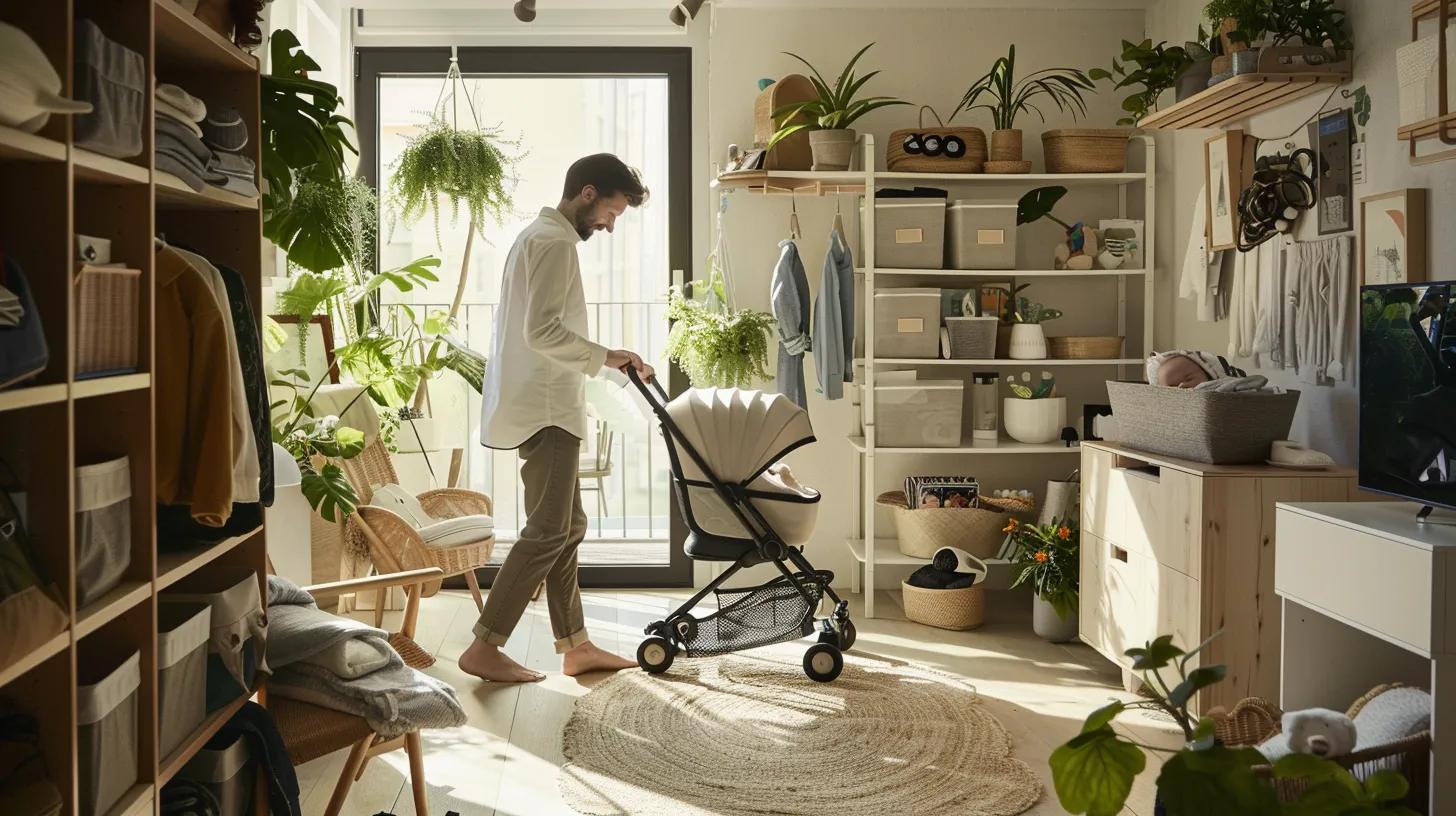
Proper usage and regular maintenance are key to ensuring that your travel system continues to protect your child effectively.
Follow Correct Assembly and Installation Procedures
Always adhere to the detailed instruction manuals and video tutorials provided by the manufacturer. Correct assembly is essential for ensuring that features like impact protection and braking systems function properly.
Adhere to Weight and Height Limits for Each Component
Each component is designed for specific weight and height limits. Following these guidelines guarantees that the system maintains its protective qualities without risk of failure.
Perform Regular Safety Checks on Your Travel System
Conduct routine inspections of the car seat harness, stroller brakes, and overall structure to detect any wear or damage early. Regular checks help prevent minor issues from becoming safety hazards.
Understand Proper Cleaning and Maintenance for Longevity
Regular cleaning with manufacturer-recommended methods prevents the build-up of dirt and allergens. Maintaining clean, well-cared-for components extends the life of your travel system.
Store the Travel System Correctly to Maintain Safety Integrity
When not in use, store the travel system in a dry, temperature-controlled area away from direct sunlight. Proper storage prevents material degradation and helps maintain
over time.
Frequently Asked Questions
Q: How do I ensure the car seat is properly installed? A: Follow the manufacturer’s instructions and use the LATCH system or seat belt as directed. Regularly check that the base and harness are securely fitted.
Q: What maintenance steps are necessary for stroller safety? A: Regularly inspect and clean the wheels, brakes, and frame, and ensure locking mechanisms are engaged to prevent accidental rollaways.
Q: Are non-toxic materials guaranteed in baby travel systems? A: Reputable brands use certified non-toxic materials and comply with safety standards such as JPMA and BS EN to ensure safe exposure levels.
Q: How can I check for recalls on my baby travel system? A: Visit the manufacturer’s website, review recent safety alerts, or contact customer support for the latest recall information.
Q: Why is product registration important? A: Registering your product ensures you receive immediate safety alerts and updates on recalls, helping to maintain long-term safety and performance.
Final Thoughts
Baby travel systems are a vital investment in your child’s safety during journeys. With robust protection features and user-friendly designs, these systems help provide peace of mind for parents. By understanding key aspects such as car seat impact protection, harness and restraint security, material quality, and proper maintenance routines, you can confidently select a travel system that meets high safety standards. Regular safety checks and adherence to certifications further ensure that your baby remains well protected on every trip.

